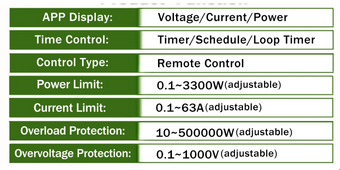Dagoth Ur Does Solar
Solar Enthusiast
Here's a question:
Let's say I have an inverter that is realistically oversized for my system- let's say a 12v 3000W inverter with a battery bank that can only do a continuous output of 200A. If I only intend to ever pull a max of, say, 1500W continuous from this inverter, is it sensible for safety reasons to use something like a re-settable 200A DC breaker to prevent someone from potentially hooking up something trying to pull a full 3kW from the inverter?
I don't particularly want to rely on the battery overcurrent protection- it's there, but my thought was that in addition to adding fuses to all components for safety, I could artificially limit the max continuous draw from the inverter... As well as not worrying about overheating my wiring (this would be using quality 4/0 wire regardless).
I know there's stuff to think about in terms of the trip curves for breakers, but is this a reasonable safety precaution, and would it actually work?
Let's say I have an inverter that is realistically oversized for my system- let's say a 12v 3000W inverter with a battery bank that can only do a continuous output of 200A. If I only intend to ever pull a max of, say, 1500W continuous from this inverter, is it sensible for safety reasons to use something like a re-settable 200A DC breaker to prevent someone from potentially hooking up something trying to pull a full 3kW from the inverter?
I don't particularly want to rely on the battery overcurrent protection- it's there, but my thought was that in addition to adding fuses to all components for safety, I could artificially limit the max continuous draw from the inverter... As well as not worrying about overheating my wiring (this would be using quality 4/0 wire regardless).
I know there's stuff to think about in terms of the trip curves for breakers, but is this a reasonable safety precaution, and would it actually work?



